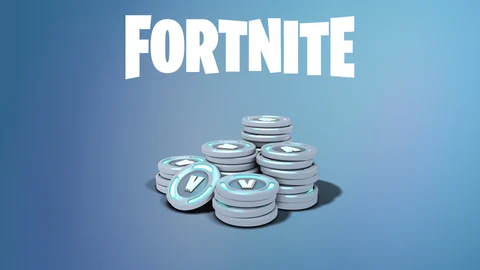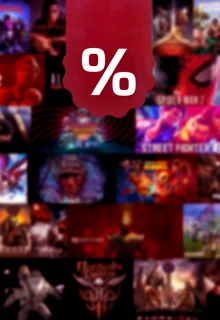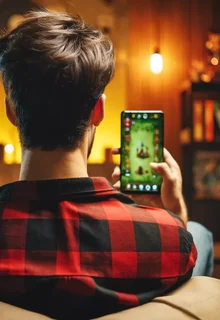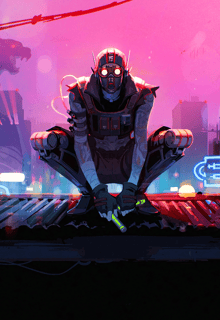Epic Games is updating Fortnite's Creator Economy 2.0 on November 1, adding a payout metric tied to player spending before and after they go to a creator's islands.

On November 1, Epic Games is set to roll out an update to its Creator Economy 2.0 in Fortnite, introducing a novel metric to the engagement payout formula. This change aims to reward creators when individual players spend V-Bucks in Fortnite after engaging with their island.
Epic Games' New Payout Metric In Fortnite
The new engagement payout metric is based on how many V-Bucks players spend in Fortnite the week before and after interacting with a creator's island. Epic clearly understands the relationship between player engagement and in-game spending. It's smart.
So, creators, you need to design experiences that encourage in-game spending. But as Epic Games has put it, the most important way to do this is just to make the experiences fun:
Overall, we find that players who are having fun in Fortnite are most likely to spend in Fortnite. So, for creators, making fun and engaging experiences is the most important driver of long-term creator success.
Hopefully all this means is more great experiences for the Fortnite community, but we'll have to wait and see how it affects player-made content over the coming months, if at all.
Effective November 1, Epic Games are introducing a new metric to the engagement payout formula that rewards creators when individual players spend V-Bucks in Fortnite before or after engaging with their island. pic.twitter.com/oKILehJlaO
— iFireMonkey (@iFireMonkey) October 18, 2023
This update to the Creator Economy 2.0 is a potentially good step for the thriving creator ecosystem within Fortnite. By aligning the creators’ rewards more closely with player engagement and spending, Epic Games might be able to create a more sustainable creator economy while also enhancing the overall gaming experience for the Fortnite community.
And if nothing else, this new metric will at least give creators a clearer understanding how their content influences player spending behavior. Maybe those insights can influence game design positively?






























